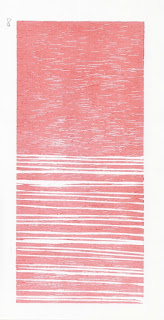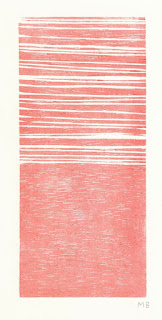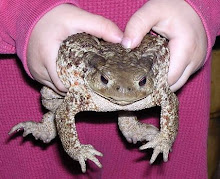I've been an occasional forager for mushrooms for over 20 years......I'm cautious after working for a few months in the San Francisco Poison Center in November, when new immigrants would occasionally ingest seemingly familiar mushrooms with deadly consequences or we'd field a call about a child who'd eaten a mushroom off the front lawn.
My first solo foray was in Pt. Reyes State Park and I picked and filled a big hat with mushrooms I picked off the damp forest floor. I'm a good observer and I sort of figured out what were probably edible boletes, probably russole, and probably amanitas.....I wasn't intending to eat any based on my untutored hunches but they were confirmed at the parks entrance when a couple with a basket Full of Porcini and chanterelles stopped me to tell me that the amanita I'd picked was indeed poisonous.
Since then, I've been to mushroom fairs, guided forays, hung out with mushroom experts and read lots of books. I'm not an expert, but there are a few that I can reliably identify, a few more that are hard to get wrong and a bunch more that I find now and then that I'm "pretty sure" are this or that but won't eat them until I can find an expert to confirm what I think.
While in Santa Fe, I'd regularly find Porcini and chanterelles and shaggy manes, here in Italy we find on our property lots of common field mushrooms (agaricus) sp., chanterelles, puffballs, lactarius, once a truffle, and I'm still hoping to find a morel.
We have poisonous mushrooms too. Amanita's fruit regularly, I think they're Grisette's (so probably edible) but I won't eat any of the Amanita's and I check EVERY mushroom to make sure there's no volvulus (the sac at the base that means it's a potentially deadly amanita).

 |
| This is a big mushroom. |
This year I was surprised to find a large fruiting of a very large agaricus. Driving in I saw what looked like a dozen white plastic plates in a distant field and told my son, we have to go check those out....they're probably Horse mushrooms! I did check them out. We picked some and I ran them through the algorithm in the David Aurora's wonderful book, Mushrooms Demystified that is useful for identifying mushrooms.
Large white agaricus, non-staining, tan to pink to brown gills, no phenolic smell.....that sure sounds like Agaricus Arvensis (the horse mushroom--a good edible). But nearby I found another very similar grouping, and these did stain yellow (a bit) and did have a funny smell......that would mean Agaricus Xanthoderma (not edible/poisonous). Neither had the almond smell that was supposed to mean the edible type. Spore print-chocolate brown (like all the agaricus)...so I cooked a tiny portion of one and didn't have to even taste it as once cooked an odd, medicinal, odor came out of them that convinced me that they were probably not something to eat without a better confirmation than, "probably".
 | |
| This clump had some yellow staining at the base and a funny smell. ? Agaricus Xanthoderma? |
 |
| Agaricus? xanthoderma or arvensis? |
 | |
| Slippery Jacks and Field mushrooms (agaricus campestris) and chanterelles under both. |
Fortunately, it's been wet and there was a whole field of mushrooms I
knew we could eat. I picked some slippery jacks (Suillus Granulatum)
and Field mushrooms (agaricus campestris) and Chanterelles and we cleaned those and
cooked them with garlic, olive oil, and a little soy sauce.

 |
| Chanterelles from the front lawn! |

















